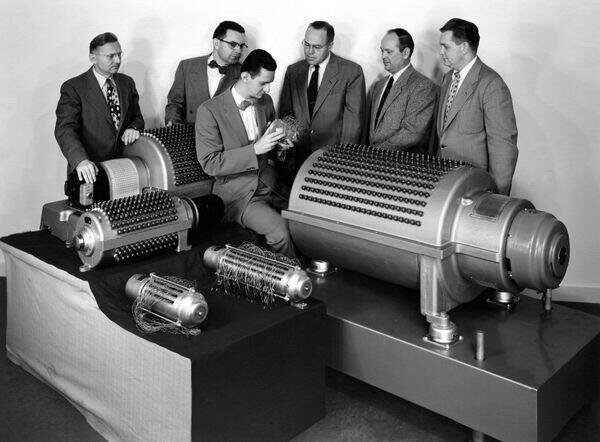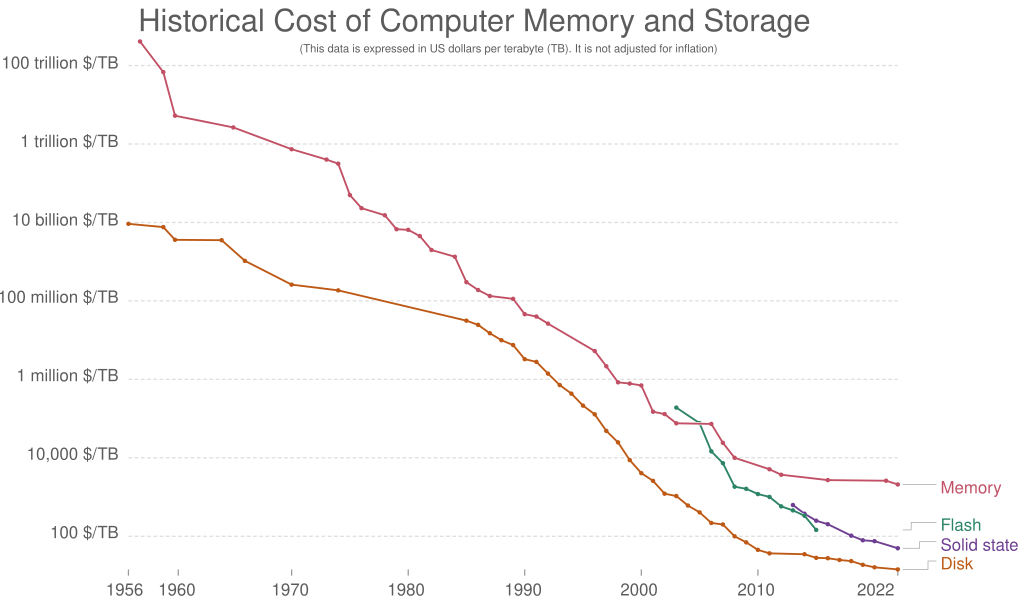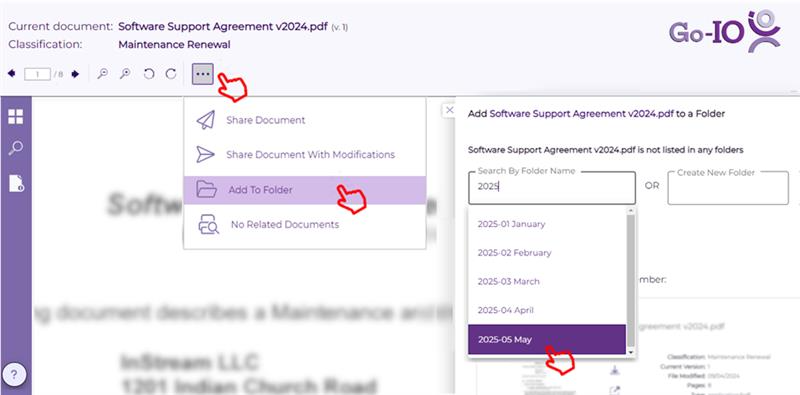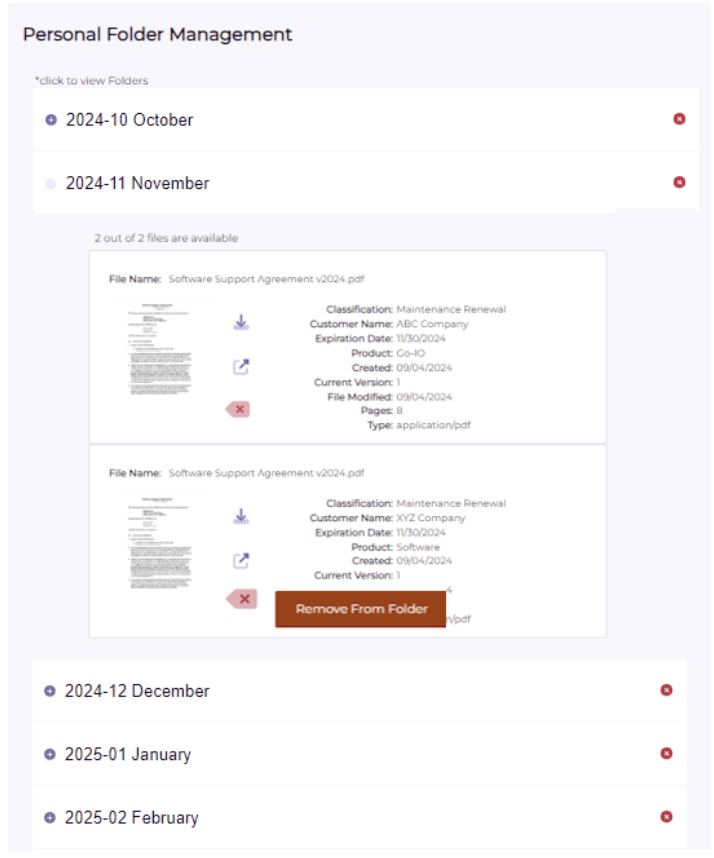
Welcome to the new year and the first edition of our quarterly publication bringing you things that grabbed our attention as well as information about our industry and who we are.
You can always unsubscribe below, but our next publication may have exactly what you're looking for....

This is a Beef on Weck: National Director of Project Management Kelley Hartman's Western New York favorite
Never heard of one? This amazing sandwich is almost unheard of outside of WNY: top round roast beef served on a Kummelweck Roll, a roll that is topped with kosher salt and caraway seeds. Traditionally served rare and thinly sliced, with a side of au jus and spread with horseradish. Kelley’s favorite is “as rare as possible, and thickly sliced,” with good hot horseradish and a dill pickle spear.
For all my fellow Buffalo Bills fans, I am sure you are wondering why not “Chicken Wings.” I love a crispy, hot/extra hot Chicken Wing. If you’ve had both, let me know your favorite of the two at khartman@instreamllc.com, or if you just want to give me a “Go Bills,” that works too! Go Bills!
Did you know...
The U.S. National Archives and Records Administration (NARA) is responsible for preserving and documenting government and historical records in the United States. The largest collection of documents in the world, it holds more than 13 billion pages of textual records, as well as a vast number of maps, photographs, films, electronic records, and other formats.
$1,000,000,000,000s to $10

A few months ago, I was in the world’s last brick and mortar IT retail store looking for a flash drive, and I was astonished to find that the only available size was 2 terabytes, with a price tag under $20. A child of the ‘90s, I vaguely remember the emergence of flash drives; I thought I was cool in middle school because I had a 128 megabyte flash drive full of music and homework (I was never cool). What I experienced in miniature is a historical pattern that goes all the way back to the post-war boom; technology has been getting exponentially more inexpensive over the last several decades.
Read More ▽
I am certainly not the first person to ever point this out, but I thought it would be interesting to take a peek at this trend and the technological achievements that have driven it.
In the post-war era, large magnetic drums were used to store data. These instruments worked by turning a metal cylinder across a magnetic surface, reading binary code inscribed on the magnets. These devices could hold only a few kilobytes of data; the equivalent of about 5 pages of plain text on paper. There was clearly a little room for improvement.
The introduction of disk storage in the late 1950s marked a turning point. These discs were immediately recognizable as a microchip, and their size made them convenient for very niche situations. For example, the guidance systems used in the space race ran on these early microchips. However, these chips were difficult to manufacture and impossible to scale, so prices remained out of reach for casual consumers. By the 1960s, improvements to memory density had reduced the cost of data storage to about a penny per bit (that’s $80 per kilobyte). For most people and businesses, paper was still simply more cost-effective.

The first commercially viable digital storage came in the 1970s: the iconic floppy disk, immortalized in save icons everywhere to this day. This storage medium uses a magnetic strip encased in protective plastic to store information. The original 8-inch floppy disks could hold nearly 250kB of storage and sold for $5. This price point would make floppy disks culturally relevant well into the ‘90s.
The 1980s saw the rise of the hard disk drive (HDD). HDDs work similarly to vinyl records; a small magnetic disk whirs quickly under an actuator arm that reads the information stored on the disk, and can be stored inside the tower of a home computer, which were conveniently becoming more popular by the ‘80s and ‘90s. HDDs are still a primary source of physical memory storage today, though quicker solid state drives (SSD) are becoming an industry standard.
By the late 1980s, optical storage had become the most popular form of external storage. CDs, DVDs, and BluRay disks are all forms of optical storage; they are small disks, on which lasers can burn patterns that can then be detected by a second laser. These small disks, for the first time in history, allowed a useful amount of data to be held in the palm of your hand. This has had a lasting cultural impact on the way people enjoy music with the rise of the boombox and Walkman (people remember Walkmans, right?), and created an expectation that information should be accessible on the go. In the 21st century, even more compact forms of transportable information become commercially available; today, the infamous 2TB flash drive is sitting on store shelves (at the 1960s price tag of 1 cent per bit, 2 TB of storage would set you back $160 billion).
Today, most data is stored on a network of servers called “the cloud,” eliminating the need for on-site storage. The cloud leverages the internet to eliminate the need for consumers to physically carry their data with them at all, allowing people to access a nearly limitless amount of data from their cell phones or tablets. This has had, and will continue to have, a profound impact on the way we conceptualize and use data on both a personal and commercial scale.
Collapse ▲
Yes We Do That...
InStream has a wide variety of customizable solutions. We offer and support several content management systems that can be installed on-premises or in the cloud, including InStream’s own cloud-based solution, Go-IO.
Need something that’s not out of the box? We have a full development team to provide you with custom-engineered solutions designed to address your specific needs.
Our conversion services bureaus can convert your paper and/or microfilm into digital records for faster, more efficient processes and reduced risk. Digital to physical format is handled by our print management services. We also offer remote deposit capture through our lockbox services.

- Using Personal Folders to stay organized & efficient!
Beth is one of our contract administrators. She plays a crucial role in our team by managing our contracts with precision. Each signed contract Beth receives is saved or scanned into Go-IO and added to a personal folder based on when it is due for renewal.

Read More ▽

By having the contracts organized by month due, Beth can quickly access and manage renewals, saving valuable time.
Once a renewal is completed, she promptly removes it from the folder (which removes only the link and not the actual document), ensuring her work queue stays up to date.
Streamlined Processes: Beth’s methodical approach, with the use of folders, ensures that no contract is overlooked, reducing the risk of missed deadlines.
Enhanced Productivity: This efficient process flow allows Beth to focus on other important tasks, boosting overall productivity.
Peace of Mind: Knowing that contracts are managed efficiently provides peace of mind to the entire team, allowing us to focus on our core business activities.
By creating your own collections of document links, you can streamline your workflow, reduce time spent searching for files, and ensure that you always have the information you need at your fingertips. Try it out and see how Personal Folders can transform the way you manage your documents! .
Collapse ▲
Our Customer Locations
If it's green, it's InStream,
And our office locations are blue. (Is there a color that rhymes with office?)

Thanks for being part of our InStream Team! We’d love to hear your thoughts! Feel free to reach out with any questions, feedback, or suggestions at newsletter@instreamllc.com.
InStream LLC Nashville, TN 629-209-2500
Unsubscribe | Manage preferences